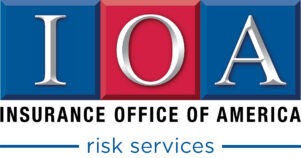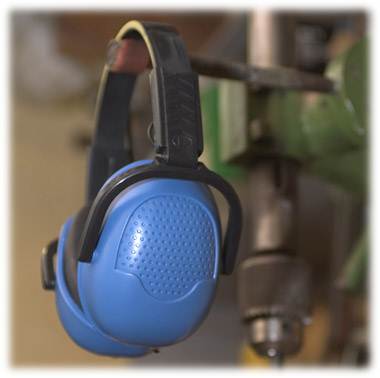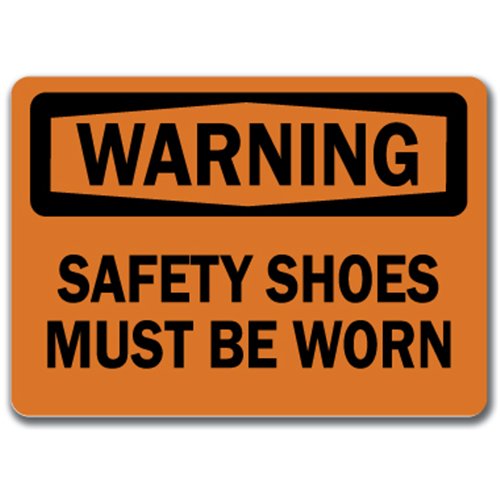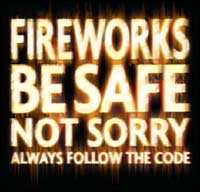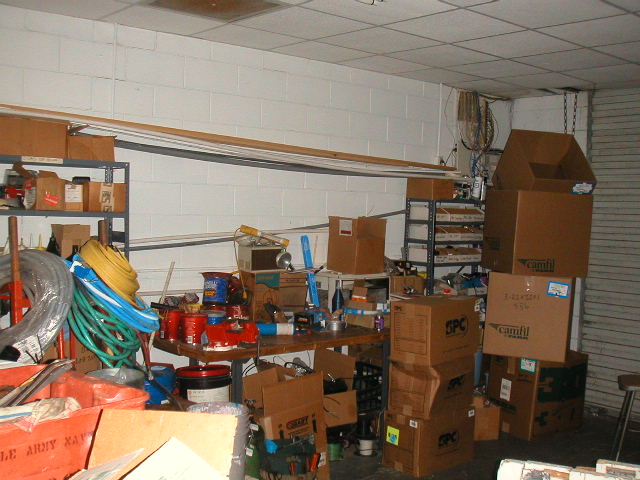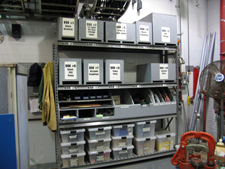Evidence Suggests OSHA Inspections Benefit Organizations

Do you ever wonder how big of an impact OSHA inspections actually have on worker productivity loss or company profit? According to recent studies done in California, inspections can actually save a substantial amount of money to companies and organizations. More than many might believe.
The study, done by Michael Toffel, professor at Harvard Business School and David Levine, professor at Hass School of Business, and Matthew Johnson, doctoral student at Boston University, analyzed inspections conducted in highly hazardous industries in California and found that once done, they reduced injury claims by up to 9.2 percent. They also concluded it saved 26 percent on workers’ compensation costs in the four following years after the inspections were done. An estimated $355,000 was saved in injury claims and compensation for paid lost work.
Overall, there was no evidence showing these inspections led to a drop in sales or profit. These findings make a great example of how important implementing safety procedures, plans and culture in an organization can be highly beneficial in many aspects.
"The OSHA inspection itself affords employers an opportunity to recognize where their safety policies and programs aren't fully effective and, in turn, encourages them to take action, whether that means dealing with a specific hazard noted in the workplace and eliminating or lowering it or changing the way you communicate and train employees," Johnson says. "There are many ways employers can identify and understand the areas where they can improve safety, and OSHA is one of them."
To read the original article, visit http://www.hreonline.com/HRE/story.jsp?storyId=533348983.

